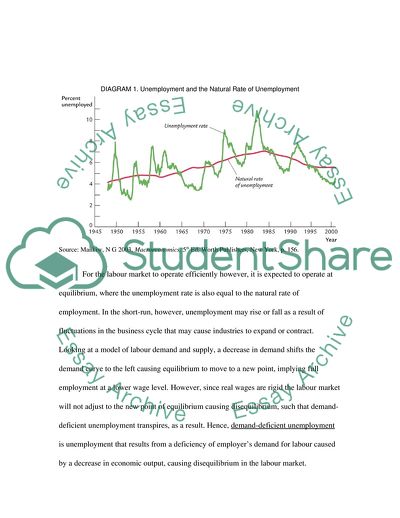Cite this document
(The Unemployment Rate in Europe Case Study Example | Topics and Well Written Essays - 1609 words, n.d.)
The Unemployment Rate in Europe Case Study Example | Topics and Well Written Essays - 1609 words. Retrieved from https://studentshare.org/macro-microeconomics/1703254-the-level-of-unemployment-is-a-key-indicator-of-current-economic-performance-for-this-assignment-you-are-asked-to-explain-recent-trends-in-unemployment-in-the
The Unemployment Rate in Europe Case Study Example | Topics and Well Written Essays - 1609 words. Retrieved from https://studentshare.org/macro-microeconomics/1703254-the-level-of-unemployment-is-a-key-indicator-of-current-economic-performance-for-this-assignment-you-are-asked-to-explain-recent-trends-in-unemployment-in-the
(The Unemployment Rate in Europe Case Study Example | Topics and Well Written Essays - 1609 Words)
The Unemployment Rate in Europe Case Study Example | Topics and Well Written Essays - 1609 Words. https://studentshare.org/macro-microeconomics/1703254-the-level-of-unemployment-is-a-key-indicator-of-current-economic-performance-for-this-assignment-you-are-asked-to-explain-recent-trends-in-unemployment-in-the.
The Unemployment Rate in Europe Case Study Example | Topics and Well Written Essays - 1609 Words. https://studentshare.org/macro-microeconomics/1703254-the-level-of-unemployment-is-a-key-indicator-of-current-economic-performance-for-this-assignment-you-are-asked-to-explain-recent-trends-in-unemployment-in-the.
“The Unemployment Rate in Europe Case Study Example | Topics and Well Written Essays - 1609 Words”, n.d. https://studentshare.org/macro-microeconomics/1703254-the-level-of-unemployment-is-a-key-indicator-of-current-economic-performance-for-this-assignment-you-are-asked-to-explain-recent-trends-in-unemployment-in-the.


